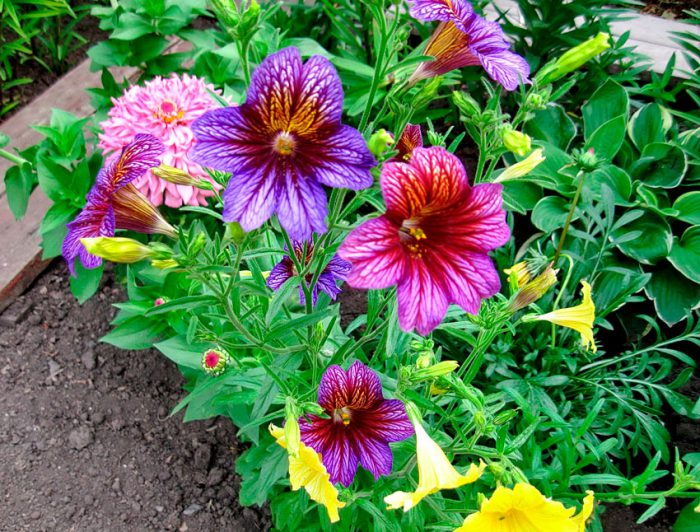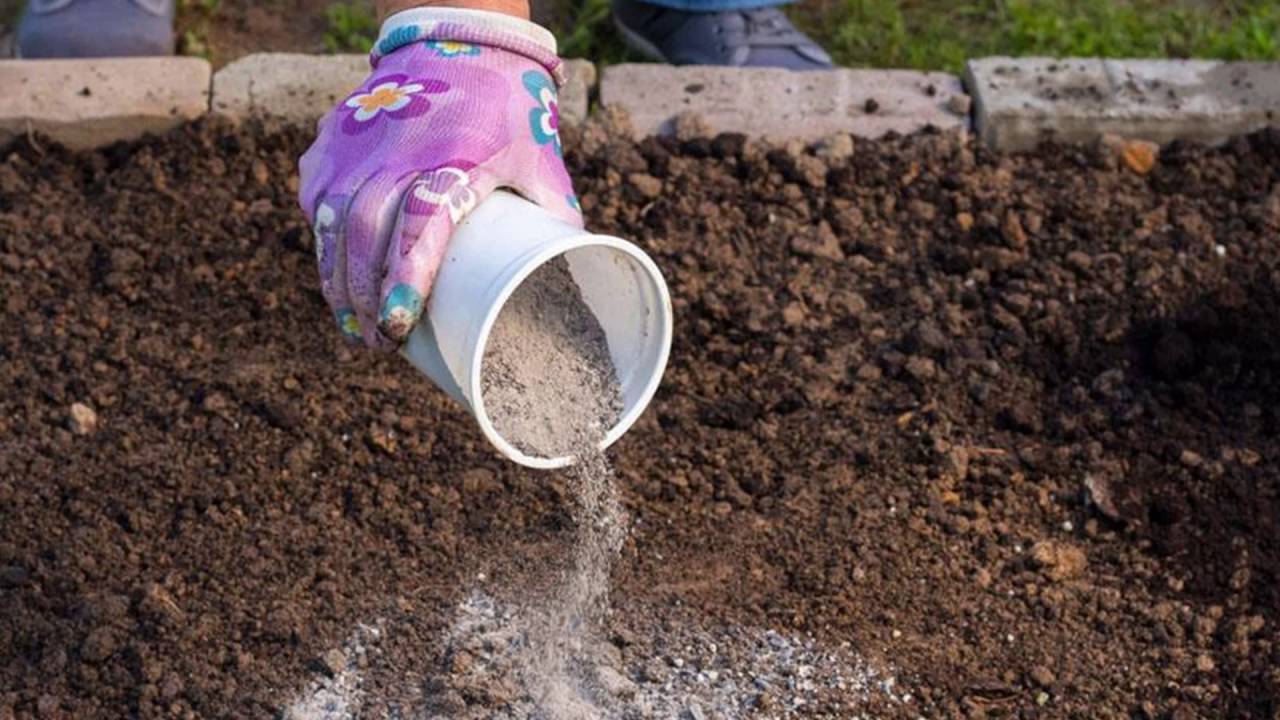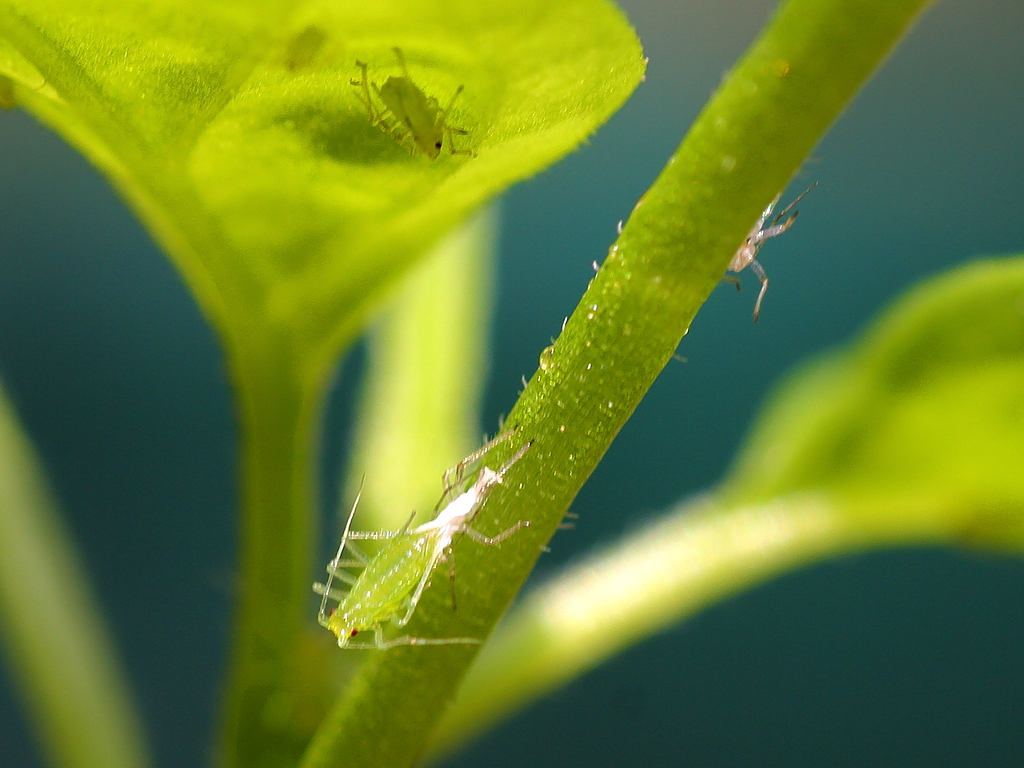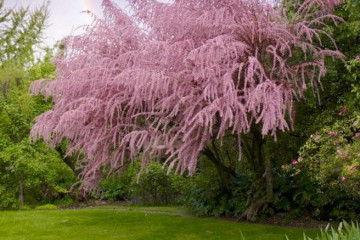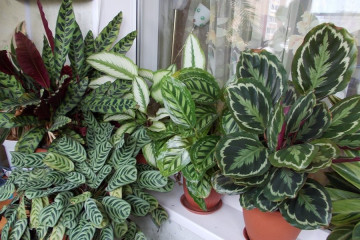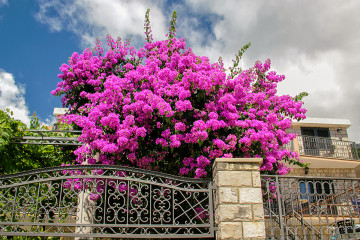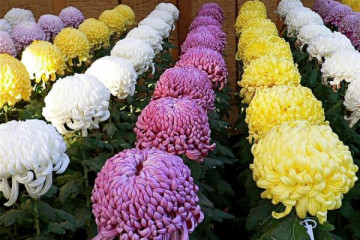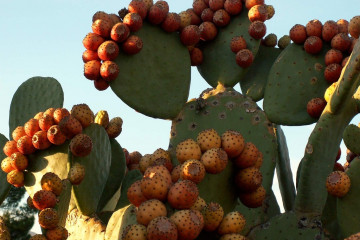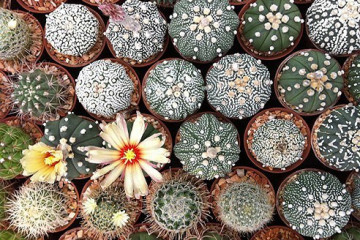Salpiglossis - cultivation of superbissim and notched species
Content:
Salpiglossis is a beautiful plant with multi-colored inflorescences. An unusual highlight of the culture is the golden mesh that adorns the inside of the buds. Salpiglossis flowers have an unusual shape. Gardeners have about 20 plant species.
Features of salpiglossis
The culture got into the development of the country from the Chilean selva. It happened at the beginning of the 20th century.
What family does it belong to
The plant culture belongs to the Solanaceae family, represented by biennial and perennial crops. The closest relatives of salpiglossis are potatoes and hot peppers.
Briefly about the history of appearance
The popularity of the plant came only in the middle of the 20th century. At this time, salpiglossis was grown in many European countries. A little later, culture appeared in Russia.
Plant characteristics
The main characteristics of the culture:
- form - herbal;
- stem - has a dense structure with small villi;
- the arrangement of the leaves is regular;
- features of flowers - loose brush of medium size;
- the calyx of the inflorescence is five-part.
Salpiglossis classification
Gardeners have 4 main types. Only one of them is actively cultivated today - notched salpiglossis.
Sinuate
The salpiglossis flower is notable for large shoots. In length, they reach 1 m. The color of the inflorescence can be light brown, blue, yellow or purple. Flowering begins in mid to late June. The fruits of salpiglossis notched are small oval-shaped capsules. Seeds ripen inside them.
Superbissima
A characteristic difference between salpiglossis superbissim is flowers that have the shape of a corolla with large corrugated petals. Their color can be pale pink, yellow, orange.
Large-flowered
High inflorescence, reaching 2 m in length. Large-flowered salpiglossis is distinguished by branching shoots and large flowers of purple and yellow shades.
Salpiglossis low
The salpiglossis flower reaches 50 cm in height. Inflorescences appear in mid-June. During the growing season, the entire salpiglossis bush is covered with small purple, blue, yellow and red oblong flowers.
What varieties are most popular with gardeners
As it spread, breeders were actively engaged in crossing different types of salpiglossis to obtain new inflorescences. Today, there are about 20 plant varieties in use.
Kew Blue
Kew Blue is considered a stunted variety. It can be identified by small purple or golden corollas. Inflorescences develop well in greenhouse conditions. The Kew Blue variety is used for spring forcing.
Casino mix
Low-growing culture. The height of the shoots reaches 50 cm. Gardeners advise using special supports for growing this variety. The flowering period begins in June. The flowers are red and yellow.
Festival and Flamenco
Low-growing shrubs up to 40 cm high. The flowering period begins at the beginning of the years. The flowers have an oblong shape and various shades.
Bolero
The bush grows up to 70 cm. It blooms with pink buds with golden veins. The Bolero variety does not need additional support, as it has strong stems.
Ali Baba
The height of the inflorescence reaches 90 cm. The stems of the flower are fragile; support is required to strengthen them. The inflorescences are yellow, cream, purple and golden.
Corduroy dolly
A low-growing bush that reaches a height of 40 cm. During the growing season, velvety buds of purple, yellow and red appear on the stems.
Fireworks
Lush shrub up to 60 cm high. It begins to bloom in June. The buds are purple, purple and yellow.
Magic
Inflorescence with scarlet and white buds. The bush reaches 70 cm in length. The flowering period takes place in June.
Seed planting by seedling method
Seedling planting is considered the most acceptable for the plant. Salpiglossis cultivation and watering is carried out according to standard technology.
Time to board
Salpiglossis planting and caring for which involves the need to plant seeds in early spring. To plant a flower, it is recommended to start or mid-March.
Choice of capacity
For the cultivation of salpiglossis, choose a shallow and wide dish. The container material must be strong.
Soil and seed preparation
For the full cultivation of salpiglossis from seeds, fertile and nourished soil is needed. It is recommended to fertilize it with mineral components. The soil is pre-disinfected. To do this, heat a bag with earth for several minutes in a microwave oven.
Seedling care
Young shoots of the culture are considered fragile. Take care of them carefully. To grow strong bushes, you will need to gradually accustom salpiglossis to the open air. Sprouted seedlings are taken out to get used to the street. The exposure time should be within 20 minutes. Each time the time is increased by 10 minutes. A strict requirement is to prevent the soil from drying out and to regularly water the inflorescences.
Dive
The pick is carried out when the first shoots appear on the bushes. To do this, remove the root from the soil and pinch it by 2 mm. This stimulates lateral root growth.
Features of planting in a seedless way in open ground
In the southern regions, it is permissible to plant inflorescences immediately in open ground. You can sow in early April. Before planting, the selected area is carefully dug up and fertilized. The planted seeds are covered with foil until the first shoots appear.
Features of care in the garden
Caring for a plant in the garden is not difficult. To grow a healthy flower, you need to follow the rules of watering, fertilizing and mulching.
What conditions do salpiglossis like
Salpiglossis loves good lighting, no strong winds, loose and moist soil.
What is the plant afraid of
Homemade salpiglossis does not tolerate drought, low soil moisture, strong winds, and low temperatures.
Watering
During flowering, watered every day. An exception may be the period of heavy rains. During the rest period, watering is carried out 1 time in 2 weeks.
Mulching
The mulching procedure helps to reduce the amount of weeds on the site.It also allows you to qualitatively regulate the level of soil moisture.
Loosening
Loosening of the soil is necessary to destroy its surface crust. As a result, the soil is saturated with oxygen. The soil is loosened 2-3 days after watering.
Top dressing
Mineral and organic fertilizers are applied 2-3 times per season: during planting, during flowering and before wintering.
When and how it blooms
Salpiglossis blooms with beautiful multicolored oblong bell-shaped buds.
Types of flowers
Salpiglossis flowers are small gramophone, consisting of 5 large velvet leaves. The color of the buds can be burgundy, yellow, purple, purple. The inner part of the flower is characterized by the presence of multi-colored mesh veins.
Flower shapes
Inflorescences have a bell-shaped slightly oblong shape.
Flowering period
The plant begins to bloom in June. The end of the growing season falls on the end of September or the beginning of October.
Changes in care during flowering
During the formation of buds on the stems, fertilize the culture with mineral dressings, and also water it daily.
Post-flowering care
When the flowers wither, a small oval box appears in their place. It contains seeds that are to be planted next year.
Seed collection
You can collect seeds in mid-October, when the inflorescence petals dry up. They are stored until spring. It is better to keep the seed in a cool place.
Wintering
Gardeners recommend covering the flower for the winter, as it may die due to severe frosts.
Possible growing problems
In the absence of proper care and watering, after planting salpiglossis in the open field, pests may appear on the branches of the plant. This will reduce the immunity of the flower and lead to the formation of pathologies.
Pests
The plant is often attacked by aphids. To get rid of insects, the bushes are treated with a concentrated soap solution.
Diseases
Most often, salpiglossis suffers from stem rot, fungal infections. To prevent the development of pathologies, the bushes are treated with herbicides.
Signs of improper care
It is possible to understand that the care of the crop is carried out incorrectly by the dryness and yellowness of the leaves, the appearance of rot on the stems, the lack of flowering at the set time.
Salpiglossis is a beautiful and unusual plant culture used to improve summer cottages. The plant does not tolerate frost, severe drought and wind. For its full growth, you must follow the rules of care.
